It was a quick moment on a Friday: President Barack Obama was boarding Marine One on the White House lawn when he walked right past a Marine without returning his salute. Cameras caught it. Viewers noticed. And within hours, the moment went viral.
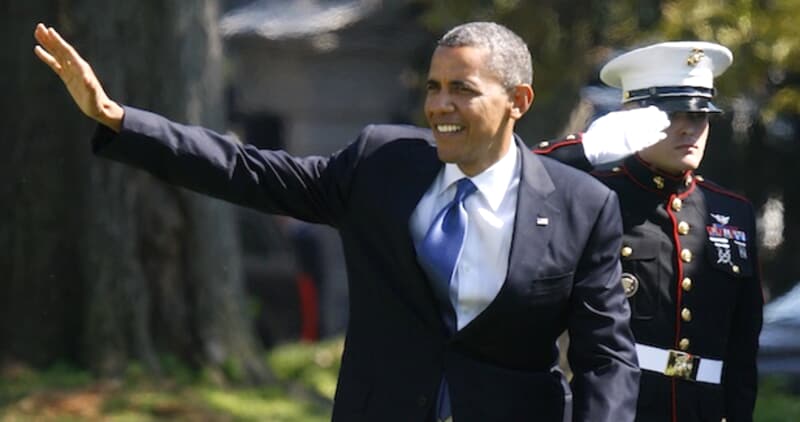
Realizing his mistake, Obama turned around, walked back, and shook the Marine’s hand. It was a quiet gesture—but the internet wasn’t quiet about it.
Critics React, But What’s the Big Deal?
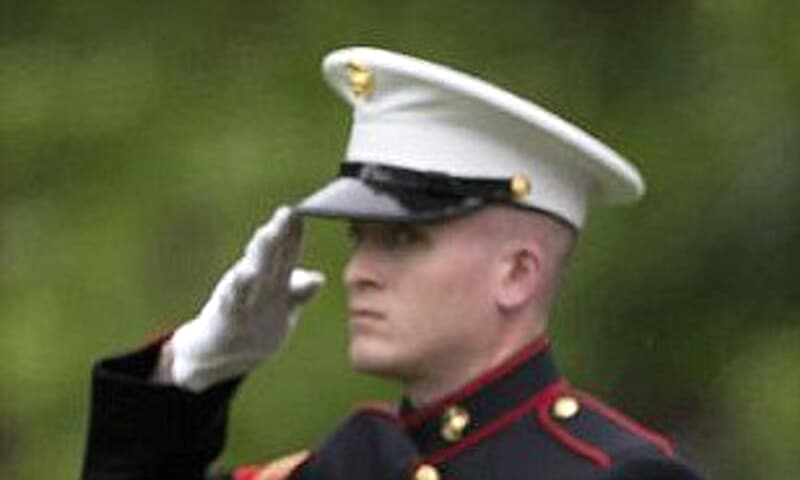
Presidents are always under a microscope, and this brief slip was no exception. Critics said it was a sign of disrespect. Others called it a meaningless distraction. But the moment sparked something deeper—a question about tradition, symbolism, and what respect looks like in the role of Commander-in-Chief.
The History Behind Presidential Salutes
Interestingly, returning salutes isn’t even a long-standing presidential practice. In fact, it only started in 1981 with President Ronald Reagan. Before that, presidents typically did not salute at all. Why? Because military etiquette traditionally says you don’t salute if you're not in uniform—and presidents, as civilians, aren’t.
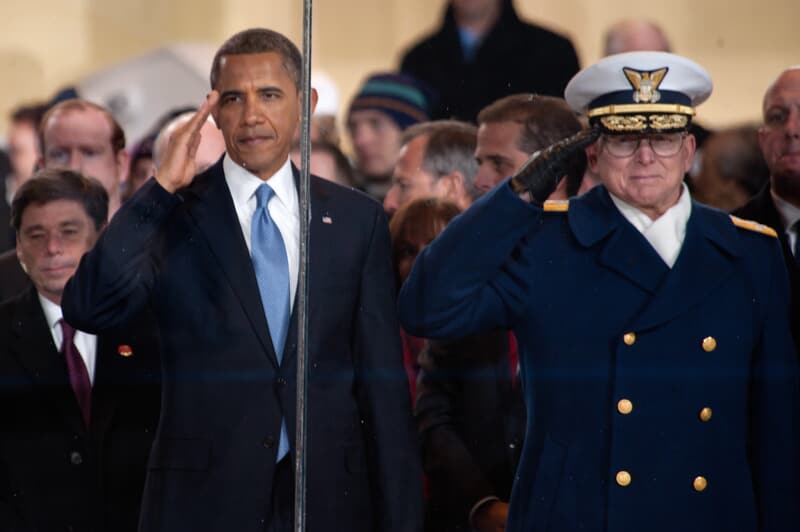
Reagan asked then–Marine Commandant Gen. Robert Barrow if it was appropriate. Barrow responded: “You’re the Commander-in-Chief. You can salute whomever you like.” And with that, the tradition began.
More Than Just a Gesture?
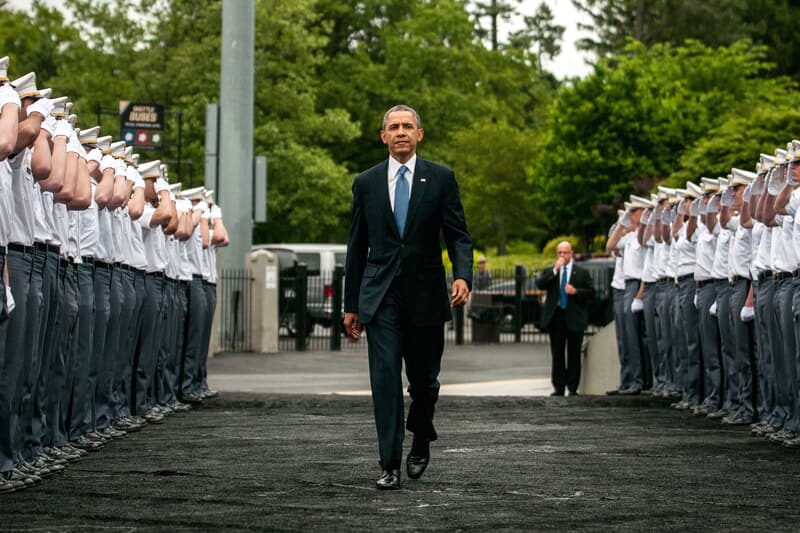
For many, the salute is more than a formality—it’s a symbol of respect for military service. So when a president forgets, even for a moment, it doesn’t go unnoticed. Still, it’s worth remembering that the salute itself wasn’t always part of presidential behavior. It's a modern tradition—one started by choice, not by rule.
Final Thoughts
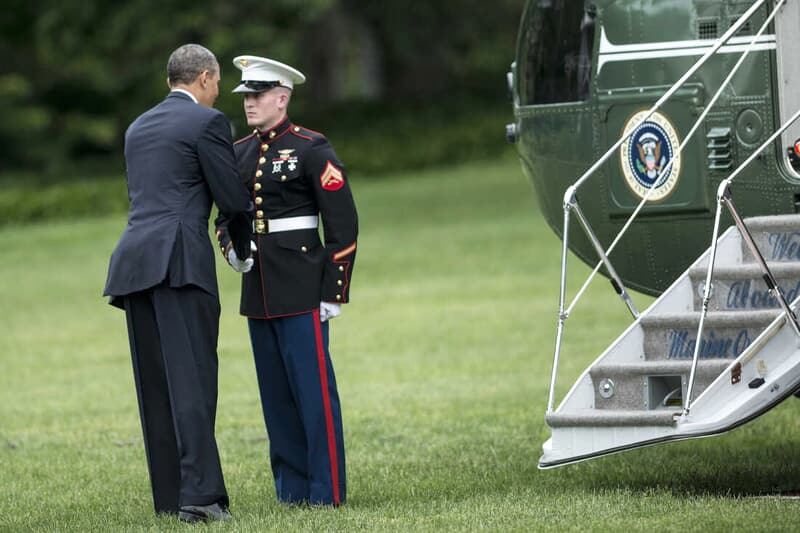
Obama’s handshake may have been enough for the Marine. But for the public, the moment served as a reminder: when you hold the highest office in the land, even the smallest gestures speak volumes.
And sometimes, it's not about the salute—it’s about what happens after.


 Share on Facebook
Share on Facebook











